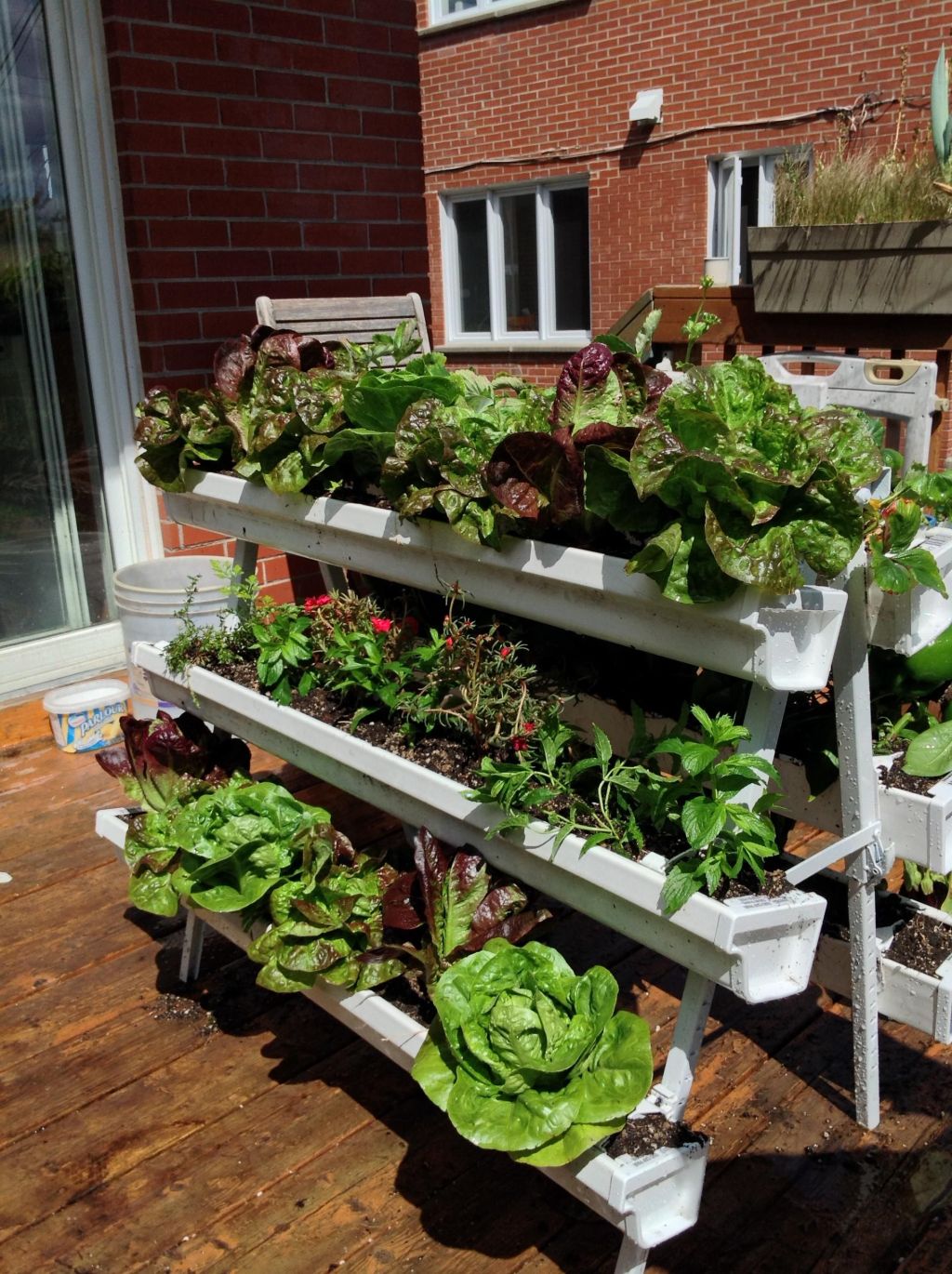Maximizing Space Utilization with Vertical Gardening Techniques
When it comes to gardening, space can often be a limiting factor, especially for those living in small homes or apartments. However, vertical gardening techniques offer an innovative solution that allows you to make the most of your available space while still enjoying the pleasures of gardening. Here are 15 ways you can maximize space utilization with vertical gardening techniques.
1. Wall-mounted planters: Install wall-mounted planters on fences, walls, or even indoors to create a stunning green wall effect. These planters are perfect for growing herbs, succulents, and small flowers.
2. Hanging baskets: Utilize overhead spaces by hanging baskets from hooks or beams. This technique is ideal for trailing plants like ivy or decorative flowering vines.
3. Trellises and arbors: Use trellises and arbors to support climbing plants such as cucumbers, beans, or tomatoes. This not only saves ground space but also adds visual interest to your garden.
4. Pallet gardens: Transform old pallets into vertical gardens by attaching planter boxes between the slats. This DIY project is great for growing vegetables in limited spaces.
5. Tiered shelving units: Invest in tiered shelving units specifically designed for vertical gardening purposes. These versatile structures allow you to grow multiple plants at different heights using minimal floor area.
6. Window boxes: Mount window boxes outside your windowsills or railings to grow colorful flowers or edible herbs easily accessible from inside your home.
7.Vertical hydroponics systems: Hydroponic systems are an excellent option for maximizing yields in limited spaces without soil requirements. With these setups, you can grow vegetables vertically using water-based nutrient solutions.
8.Pyramid planters: Construct pyramid-shaped wooden planters that provide ample planting areas on each level while creating an eye-catching focal point in your garden.
9.Tower gardens: Tower gardens are vertical growing systems that stack multiple planting levels in a compact space. They’re perfect for growing lettuce, herbs, and small vegetables.
10. Hanging pocket organizers: Repurpose shoe or accessory organizers with pockets to grow an array of plants such as strawberries, herbs, or flowers. Hang them on walls or fences for easy access.
11.Vertical herb gardens: Create a dedicated area for your favorite herbs by installing a vertical herb garden. This can be done using repurposed wood pallets or specially designed herb towers.
12.Tiered hanging pots: Use tiered hanging pots to grow cascading plants like petunias or trailing succulents. These pots can be hung from pergolas, trellises, or even tree branches.
13.Window-mounted greenhouses: Attach small greenhouse structures to your windows where you can cultivate different types of plants while maximizing natural light exposure.
14.Vegetable pouches: Install vegetable pouches on walls or fences to grow edibles like lettuce, spinach, and radishes vertically. These pouches provide good drainage and prevent soil erosion.
15.Stacking planters: Stacking planters allow you to grow multiple types of plants in one unit without taking up much space. They are particularly useful when growing strawberries, salad greens, or colorful annuals.
By implementing these vertical gardening techniques, you can efficiently utilize every inch of available space while enjoying the beauty and benefits of gardening. Whether you have a large backyard or limited balcony space in an apartment building, there’s always room for a thriving garden. So get creative and start maximizing your space today!


Leave a comment